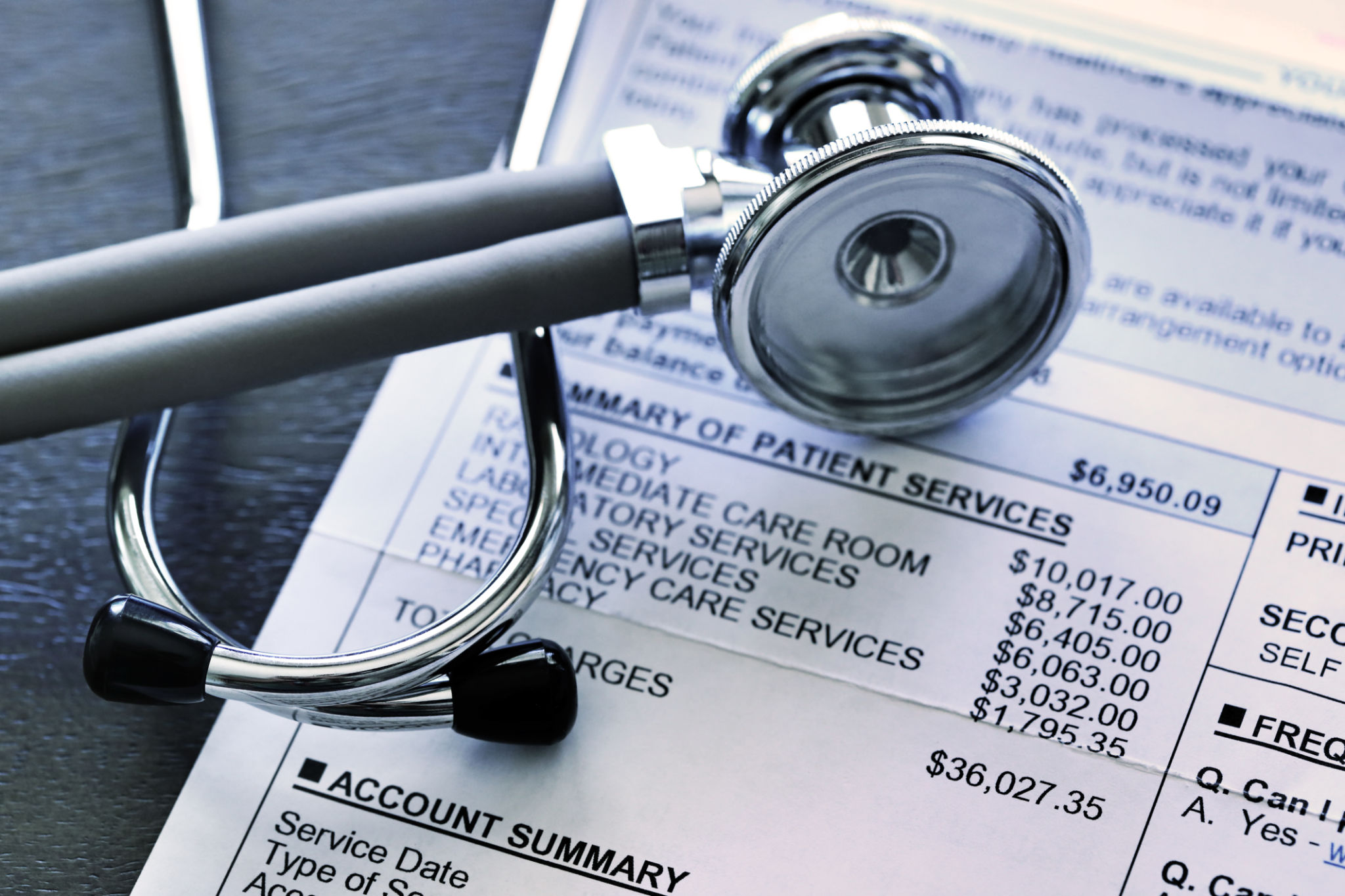Navigating Seasonal Changes in Healthcare Billing: Tips for Practices
Understanding Seasonal Patterns in Healthcare Billing
Healthcare practices often face unique challenges related to billing during different seasons. These fluctuations can be attributed to various factors such as changes in patient volume, insurance policy updates, and the introduction of new healthcare regulations. Understanding these patterns is crucial for practices to maintain a steady cash flow and ensure accurate billing.
Seasonal changes can affect billing in multiple ways. During flu season, for instance, practices may experience an influx of patients, leading to more claims being processed. Conversely, summer months might see a decrease in patient visits due to vacations. Being prepared for these shifts can make a significant difference in billing efficiency.

Preparing for Insurance Policy Updates
Insurance policies often undergo changes at the beginning of the year. These updates can impact billing codes and reimbursement rates, making it essential for healthcare practices to stay informed. Practices should establish a system to track these changes and train staff accordingly.
One effective strategy is to subscribe to newsletters or updates from major insurance providers. This will help in keeping abreast of any policy modifications that could affect billing procedures. Additionally, hosting regular training sessions for billing staff ensures that everyone is on the same page when it comes to new requirements.
Adapting to Regulatory Changes
Regulatory changes can also influence healthcare billing, particularly around the start of a new fiscal year. These changes might involve new compliance requirements or adjustments in billing codes. Practices must adapt quickly to avoid penalties and ensure timely reimbursements.
To navigate these changes effectively, it's beneficial to have a dedicated compliance officer or team who can monitor regulatory updates. They can provide guidance and implement necessary adjustments in practice workflows to maintain compliance and optimize billing processes.

Leveraging Technology for Efficient Billing
Embracing technology can significantly enhance the efficiency of healthcare billing. Automated billing systems reduce errors and streamline the claims process, particularly during peak seasons when patient volumes are high. These systems can also alert staff to any discrepancies or missing information before claims are submitted.
Moreover, using electronic health records (EHR) integrated with billing software can ensure that patient data is accurately captured and reflected in billing claims. This integration minimizes manual entry errors and speeds up the reimbursement process.
Strategies for Managing Cash Flow
Maintaining a healthy cash flow is vital, especially during periods of fluctuating patient volumes. Practices should consider implementing strategies such as offering flexible payment plans or pre-payment options to patients.
An organized follow-up system for outstanding claims and payments is equally important. Regularly reviewing accounts receivable and actively pursuing overdue payments can prevent cash flow disruptions.

Conclusion: Proactive Planning for Success
Navigating seasonal changes in healthcare billing requires proactive planning and an adaptable approach. By understanding patterns, staying informed about policy and regulatory updates, leveraging technology, and managing cash flow effectively, practices can ensure smooth operations throughout the year.
Ultimately, being prepared and responsive to seasonal variances not only enhances billing efficiency but also improves patient satisfaction by minimizing billing errors and delays. By adopting these strategies, healthcare practices can thrive regardless of seasonal challenges.
